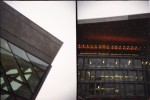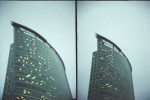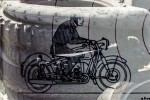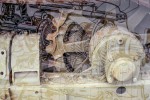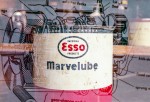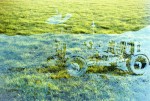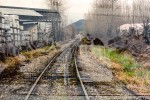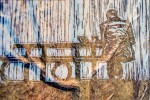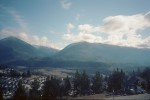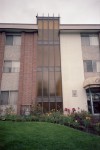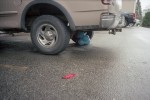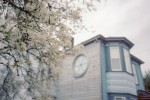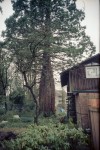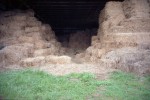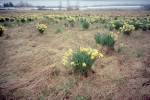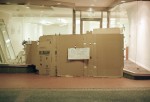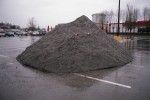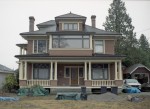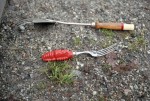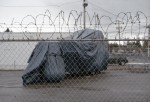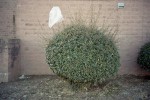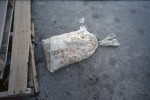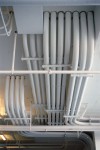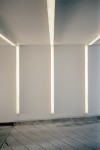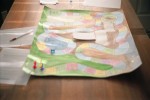May
22
2014

The Holga TIM is an interesting camera that lends itself to photographic experimentation. With its two lenses that can be covered and uncovered independently and the fact that the shutter can be reset without advancing the film it allows you to shoot two images side by side within the space of a regular 35mm film frame. You can also do multiple exposures on a single frame using the shutter reset. For these images though I would expose one lens at a time and then reset the shutter and exchange which lens was uncovered, producing diptychs on film.
2 comments | tags: film, holga | posted in Cameras, Photography, Uncategorized
May
20
2014
It’s all been seen before as the saying goes. I want to back up for a minute though. In 2013 I was driving south on the Trans Canada Hwy through the Thompson Canyon. I am always looking for things to photograph but in this case my desire to pull over was additionally fueled only in the way that too much coffee and hours of driving can. At a certain point I saw a foot bridge over the river that I had never noticed before and doubled back to see if I could have a closer look. I made my way down to the footings of the bridge which was completed locked against any entry but I knew I had to photograph it. I took a few pictures and was quite pleased but what I really wanted was a train with tanker cars across the river. I didn’t need to wait long. I took a few shots to get things set up and waited for the right moment when the tankers were in the frame. I included the river in the composition as I was trying to show in one image the precarious situation of oil filled rail cars on the edge of one of the most important rivers in British Columbia.
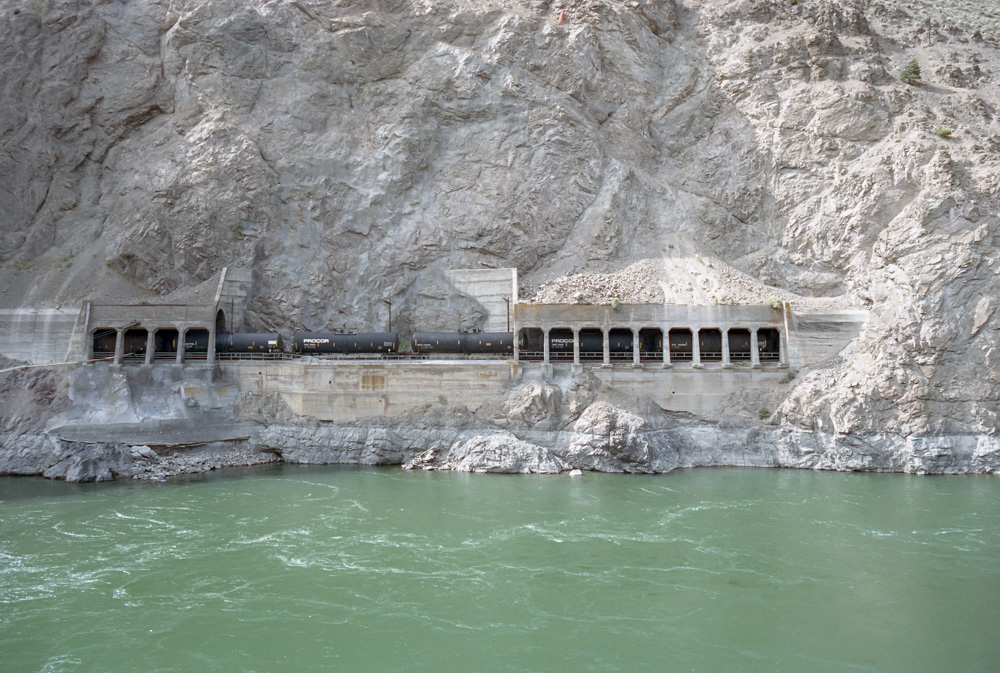
Thompson River with tanker cars, 2013 (Wallace Koopmans)
Fast forward to May 2014 when I went to the Vancouver Art Gallery. I reached the second floor with the Edward Burtynsky exhibit and I was only three images in when I was confronted with the large-scale print (Railcuts #11 CN Track Thompson River, British Columbia 1985)

I knew immediately that this was the same location that I had been at the previous summer. Now I was aware of Burtynsky’s series ‘Railcuts’ and had seen several examples but I don’t believe I had ever seen this image. That doesn’t really matter though because I am clearly influenced by his work. Looking at the printed image the amount of detail he captured was amazing far beyond what I recorded with my piddly 35mm camera.
I enjoyed the rest of the exhibit and noticed several things about his work. In his more resent images he has a greater degree of abstraction with less of a sense of depth and an often higher vantage point. The difference this makes is that with some works if you stand at a certain distance they give a feeling of looking through a window right into the scene, that effect doesn’t happen with the aerial shots. If you are unfamiliar with Edward Burtynskys work I encourage you to take any opportunity to see one of his prints that you can, failing that check out one of his books, an image on a screen will not do them justice.
no comments | tags: film, Photography | posted in Art observations, Photography
May
16
2014

I shot an entire roll of film through my Olympus OM1…twice. It was on purpose of course and I took quite a bit of care in lining the film up for the second go around. I achieved this by making a small scratch on the film so that I could align it the same both times. This actually was harder than it sounds as each time you start loading the film it’s like some sort of random position generator. The first exposures were all of various line art from old technical books and some of my own block prints. What I discovered was that such small areas of high contrast like this were not ideal for double exposures. Many of the line art images are lost in the other second images. However that is how you learn and improve. I added a further layer of complexity to my endeavor by making a list of all the images and then trying to make some sort of match between the two. Here are some of the better examples from this test, in the future I think I would make sure that I used larger areas of dark and light so it makes more of a cut out effect of the second image. The other thing is that despite the visual contrast of black on the white of paper this isn’t nearly enough contrast. Not like what you get from a light source and a silhouette.
1 comment | tags: camera, film, olympus | posted in Photography, Processing
May
7
2014

Here are some more images from the fantastic little Ricoh R1 camera using 100 ISO Kodak Ektar. A follow up to Ricoh R1
2 comments | tags: film, Photography, Ricoh | posted in Cameras, Photography
Apr
19
2014
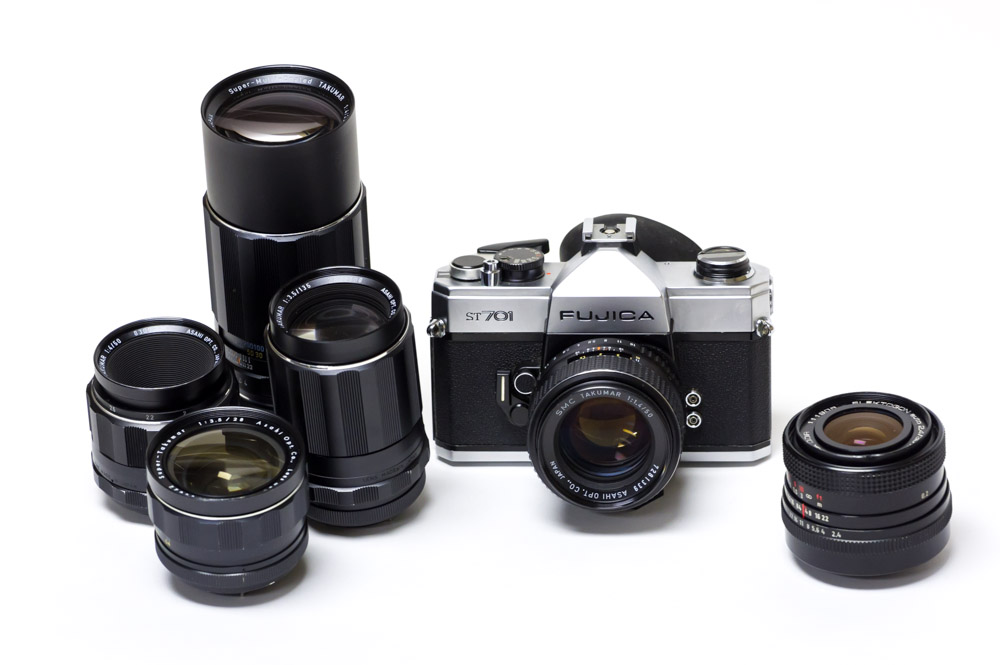
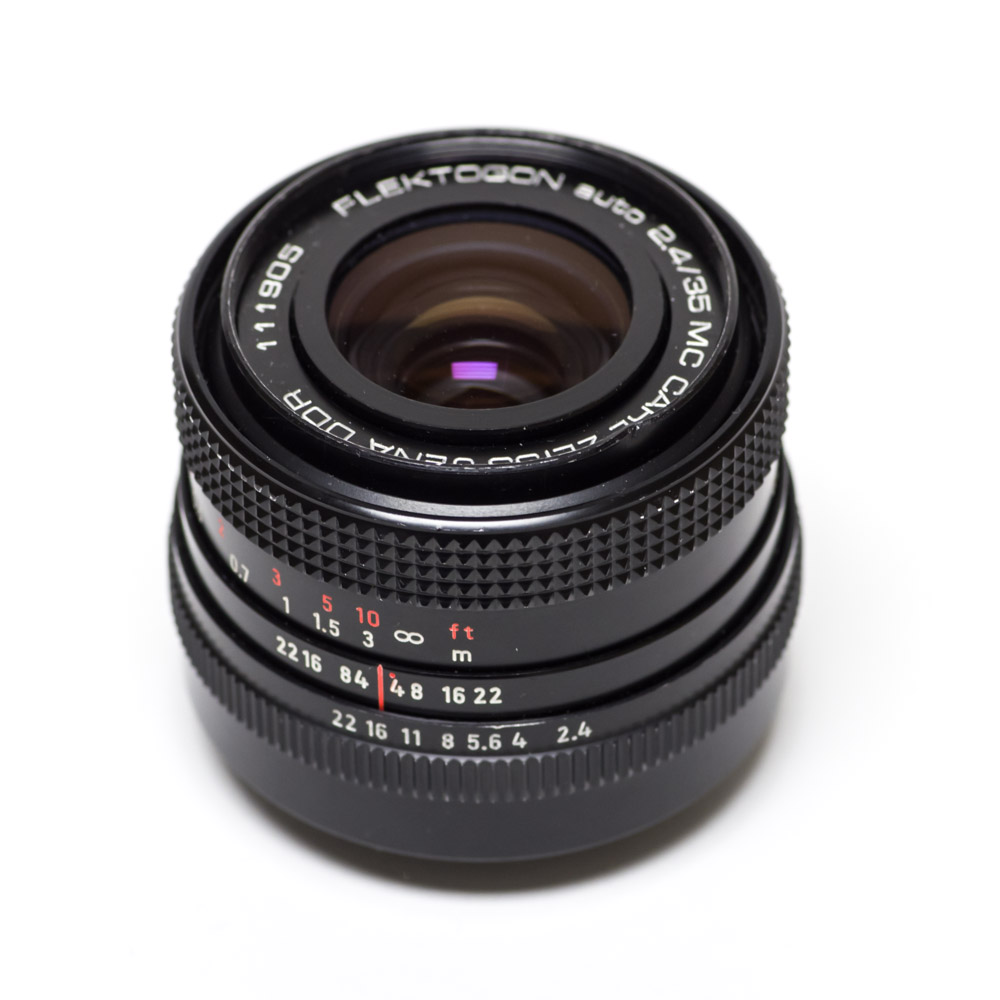
This is really two posts in one. How good the Fuji St701 is with Pentax Lenses and how terrible the Ziess Flektogon 35mm F2.4 is. It started when I pulled out some M42 lenses to put together a complete kit centered around my Fuji st701. The other lenses are Pentax Takumars (28mm f3.5/50mm f1.4/ 135mm f3.5/200mm f4) but I also wanted to give the Zeiss Flekton 35mm a try. Wow what a terrible lens it’s like a Lens Baby without the configurability.
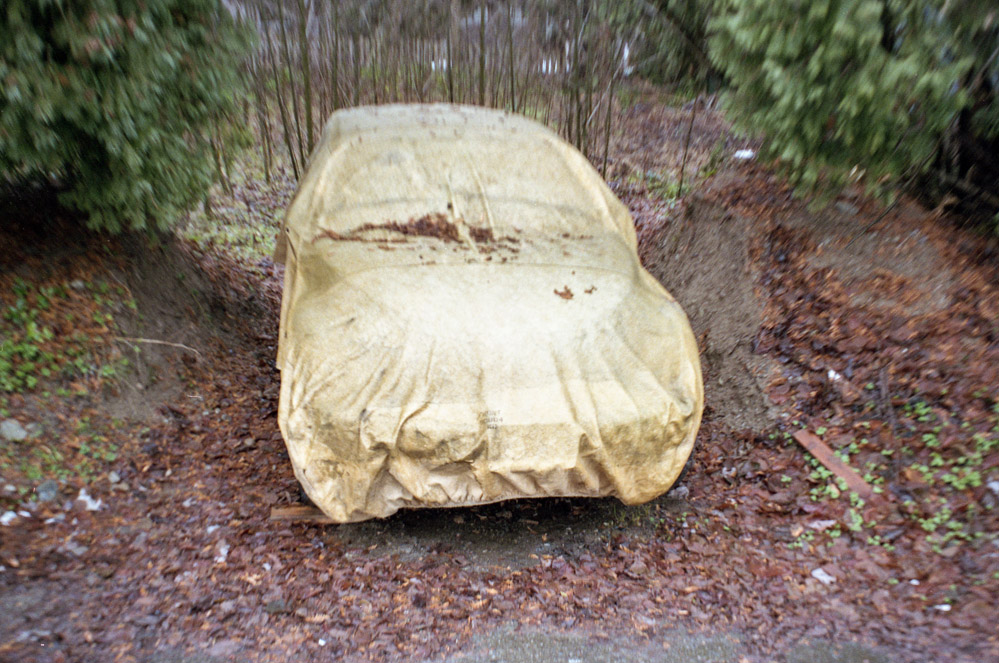
In case you thought that was a one-off aberration here is some more eye candy.
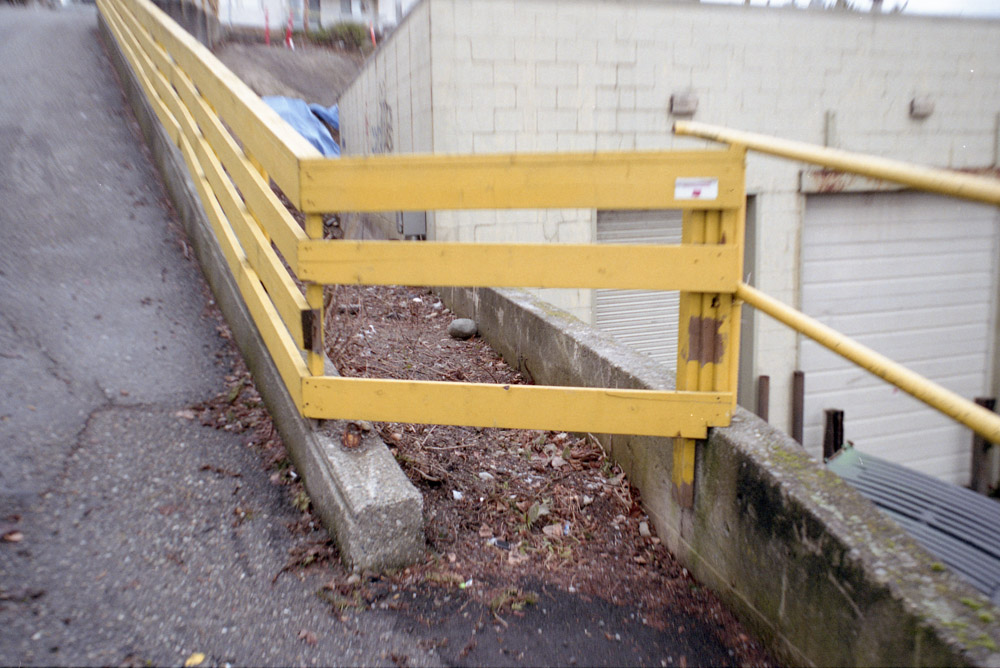
There are many cases online of people who are happy with this lens but it seems to me that most instances of this are of people using it on digital cameras with smaller sensors and therefore only using the center portion. Perhaps I have a case where my lens has some mis-aligned element but it seems properly centered so I think that is doubtful. I just think that wide open it’s not that good.
Now for the other part of the post. I think the Fuji ST line of cameras are probably the best cameras available for the M42 mount. They have an exceptionally bright viewfinder and are very well-built.
As a side note it may be a bit of a stretch to say that the latest Fujifilm digital camera the X-T1 has ST701 DNA in its design but that camera does look nice. 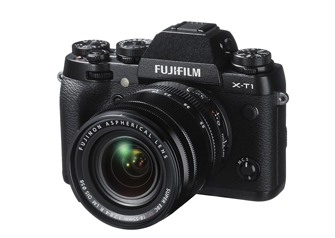
Here are some images shot with the other lenses and maybe one or two from the Zeiss you might be able to spot those ones.
1 comment | tags: Cameras, film, Fujica, Photography | posted in Cameras, Photography
Apr
16
2014
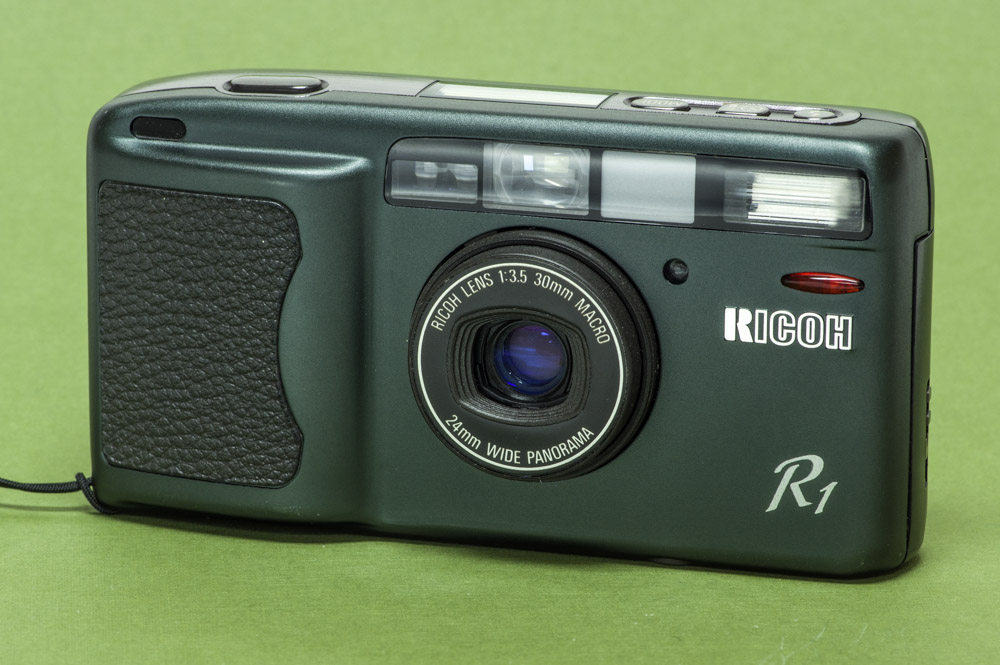
The Ricoh R1 is like two cameras in one. A high quality 30mm point and shoot and a 24mm panoramic riot of distortion. For my purposes I think I will stick to 30mm. That is the cameras native focal length and it’s only by swinging extra lens elements into the optical path that the 24mm is created. Some people disable the panoramic masking at 24mm to allow the full 35mm frame to be exposed but the result is a mix of the distortion I mentioned and severe vignetting.
While not as small as the Olympus Stylus Epic it has superior ergonomics and controls and still fits in a pocket easily. As for 30mm as a focal length it is a bit wide but not as much as 28mm. I tend to prefer 35mm but this is a decent compromise.
It really is a testament to the design of this camera that 20 years later Ricoh is still making digital cameras that take their design cues from the R1. Additionally the iconic GR series of film cameras were an improvement on the R1 while retaining similar ergonomics.
In this 100% crop you can see really see the quality of the 30mm f3.5 optics at the center. It’s not as good in the corners but is still respectable.
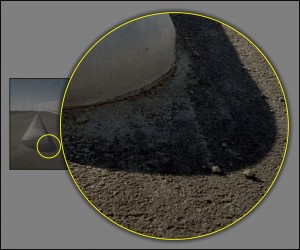
And now for the pictures.
3 comments | tags: camera, film, Photography, Ricoh | posted in Cameras, Photography
Mar
26
2014
This is such a tiny camera, it ‘s hard to convey just how small, thankfully I took a photograph.

That is of course a 35mm film canister which it does not use (It’s an APS camera). The camera is so light and small it can easily be slipped into a coat pocket or an empty crevice in a camera bag. Unfortunately this camera will very soon be a film orphan as the world-wide stocks of expired APS film dwindle but at least I gave it one good run before it goes into the cabinet of curios beside the Fuji Q1
1 comment | tags: APS, Cameras, film | posted in Cameras, Photography
Mar
13
2014
Sometimes a scene warrants a wide-angle shot so which ‘vintage’ film point and shoot provides the best quality? This is a question that has been burning up the internet like an asbestos glove. The three cameras compared here are ones that I happen to have. There may be others out there, as well as wider ones. The Freedom Vista is strictly panoramic while the Ricoh R1 can be modified to work as a full frame 24mm lens but there are reasons that may not be worth it. I will cover that later. The Pentax 24EW though can shoot a full 35mm frame at 24mm not just a panoramic. As for the speed of the different lenses at 24mm the Pentax is f4.9 the Minolta f4.5 and the Ricoh f8.
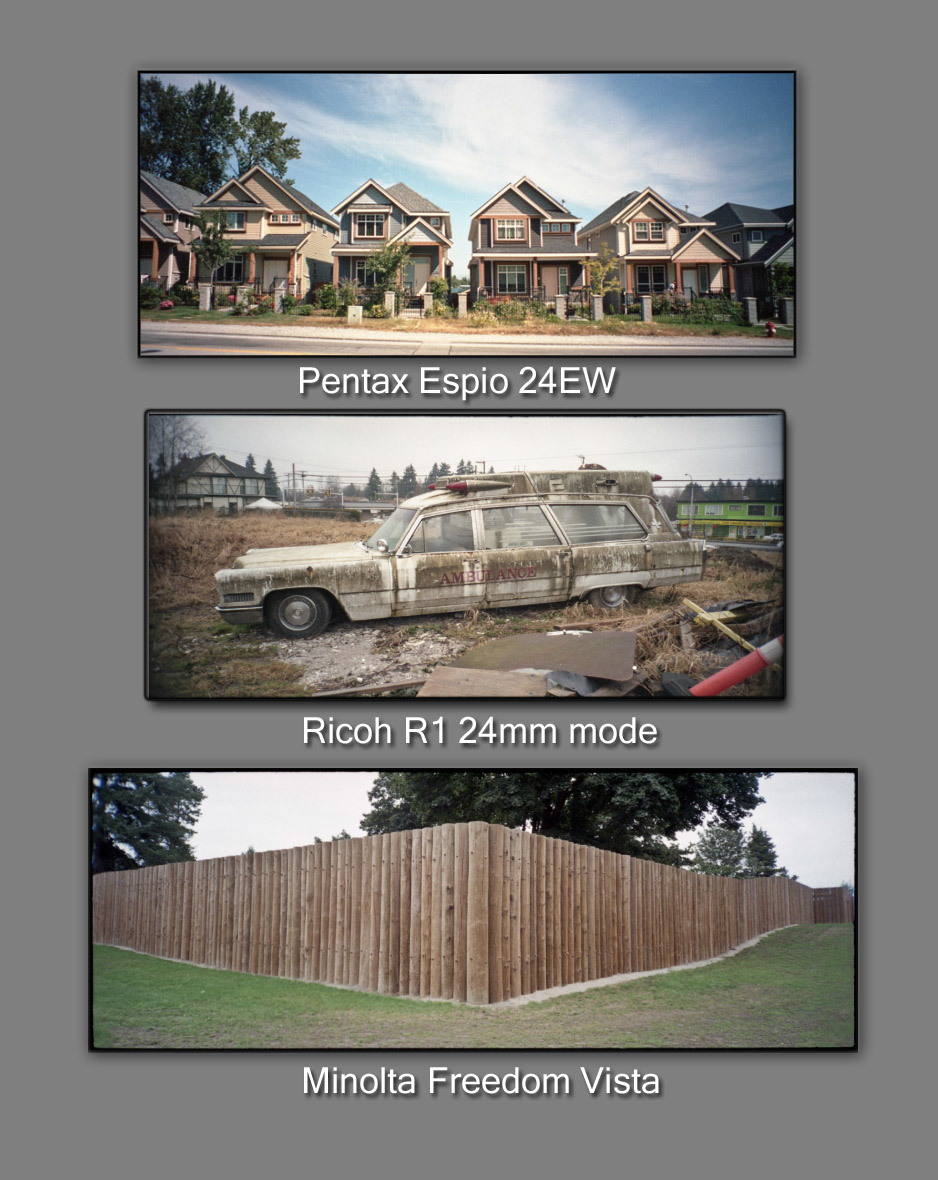
All three provide a reasonable image at the center of the frame but its a different story near the edge, that’s what separates them.
So looking at the edges of the frames you can see that the Pentax performs the best followed by the Minolta and then the Ricoh
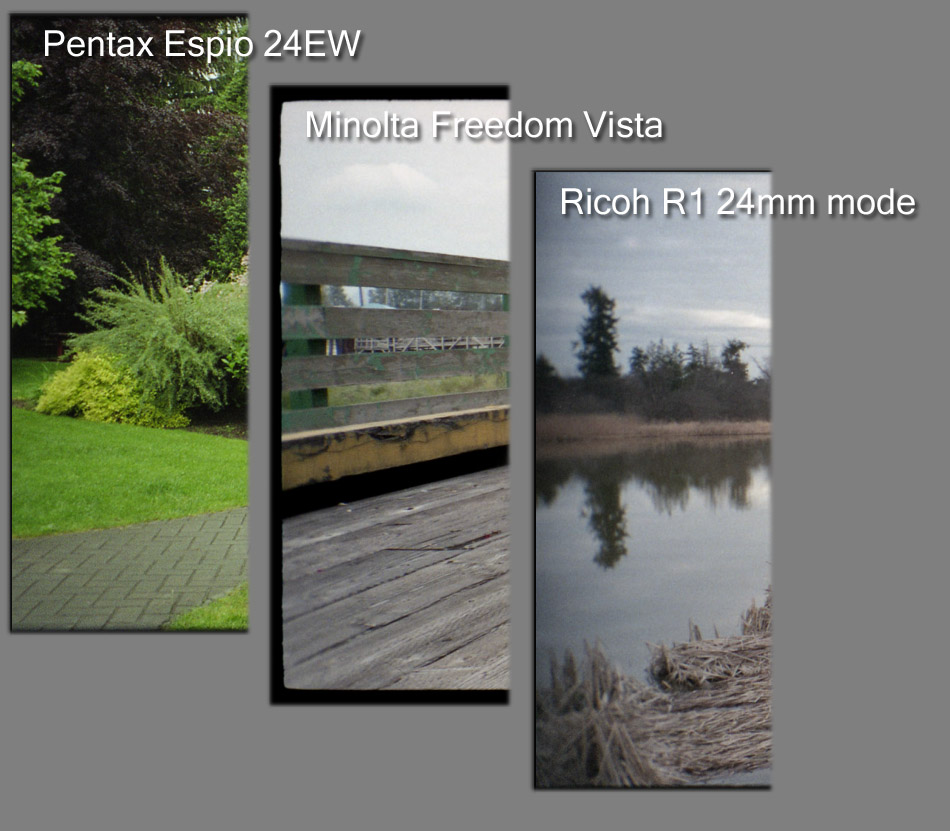
So it’s the Pentax 24EW for the optical gold medal but it doesn’t end there as I said before the 24EW isn’t limited to panoramic mode but produces decent 24mm full frame images
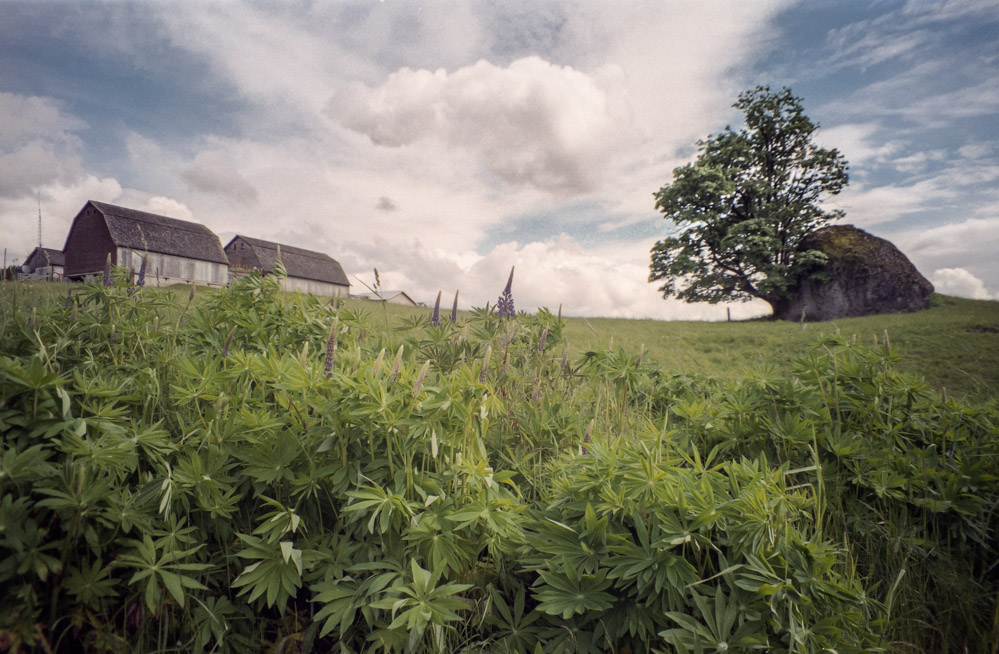
Earlier I mentioned that the R1 can be modified to take full 35mm film images. The way to achieve this is by disabling the panoramic mask from engaging. I have a Ricoh R1s that I modified to take 24mm images in this way (After I realized it already had focus problems) but this is the sort of vingetting you can expect with that. It just was never designed to cover the entire 35mm frame and it also results in a very slow aperture of f8.
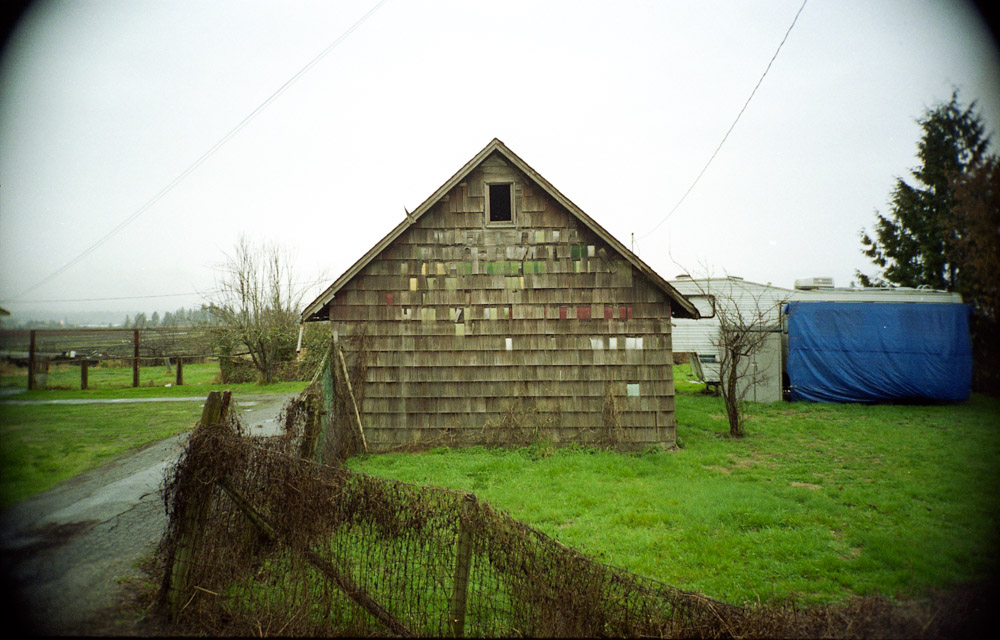
So for the pros of the different cameras :
The Pentax 24EW is the most versatile with the best image quality and can take a full image at 24mm
The Minolta Freedom Vista has the best viewfinder for composing panoramic images and has decent image quality
The Ricoh despite not being very good at 24mm is exceptional at its native 30mm focal length (that’s right it uses a second set of lens elements to achieve the 24mm)
So in the end all three are interesting to use for different reasons.
no comments | tags: film, panoramic, Photography | posted in Cameras, Photography
Mar
9
2014

The Minolta Super A is fairly loud, it sounds more like an SLR with a reflex mirror than a rangefinder with a leaf shutter. It doesn’t leave you guessing though about whether it clicked or not. I find it to be an attractive though very heavy camera. You can read more about it at my post here Minolta Super-A . The lens is not very flare resistant and allowing the sun to hit the front element results in a huge drop in contrast and a lot of lens flare.
I suppose if it were just about the image and nothing else I would stop using these older film cameras and just shoot digital but there is something that’s hard to pin down in the experience of shooting a nice mechanical camera. If you think about it there is nothing in the experience that is technically superior to modern equipment and I don’t have waves of nostalgia sweeping over me. So what is it? I think it may just be the joy of well made things just like someone might enjoy having a nice watch or a good set of cooking pots I happen to like cameras. As well I like the look of film images and there may lay a little bit of nostalgia because every photographic image I saw for the first 2/3 of my life was made using film of some sort and that is what I am used to and like. That isn’t to say I don’t like digital imagery and that there isn’t great new work being done with digital of course there is but it isn’t from that formative time in my life, it doesn’t look like the images I saw in National Geographic or any other magazine of my childhood. It makes me wonder if someone who has grown up in a time when digital photography has always around will see any attraction to film images, but then this is also the same sort of transition that occurred when colour photography became more prevalent and was brought into the contemporary art world. It wasn’t that long ago really that serious photography was done with black and white film because that’s how it always had been.
no comments | tags: camera, film, Minolta | posted in Cameras, Photography
Mar
4
2014
This is number 17 of my remaining Polaroid Spectra stock I seem to have skipped over number 18 & 19 and will have to scan them but who said I had to post them in order.

2 comments | tags: film, polaroid | posted in Photography, Processing









